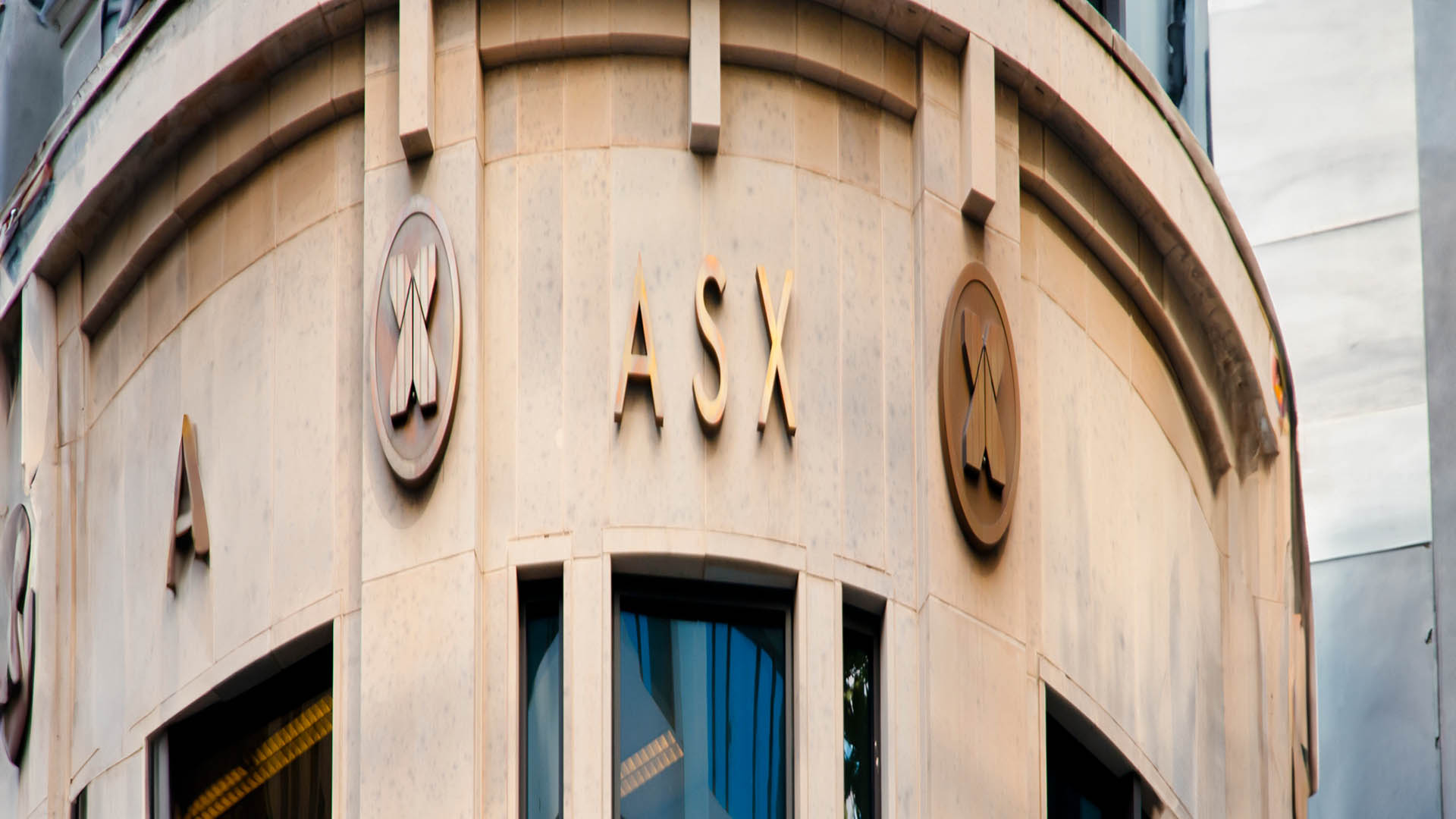Recent data analysis from the Australian Securities and Investments Commission (ASIC) sheds light on significant short squeeze activity that unfolded on the ASX in late February. Hedge funds made substantial adjustments to their positions, leading to the covering of nearly $1 billion worth of shorted shares and reshuffling their bets towards prominent ASX-listed companies.
According to ASIC data examined by The Australian Financial Review, approximately $967 million worth of shorted shares were covered during the final week of February. This surge in activity coincided with one of the most volatile earnings seasons in recent history.
Short sellers, who aim to profit from declining share prices, were compelled to buy back shares to close their positions, triggering what is known as a "short squeeze." This phenomenon often results in an unexpected surge in share prices due to heightened buying activity.
Bruce Apted, the head of Australian portfolio management at State Street Global Advisors, highlighted the outperformance of the most shorted securities compared to the least shorted, attributing it to the reversal of 'negative' momentum trades.
The short squeeze led to a significant reduction in short interest in heavily targeted sectors, notably in lithium and nickel. Companies like IGO and Core Lithium experienced a sharp decline in short interest, coinciding with notable increases in their share prices.
Despite this trend, hedge funds continued to maintain significant short positions in certain stocks. Pilbara Minerals, for instance, remained a focal point for short sellers, with short positions comprising a substantial portion of the company's share float.
In response to these developments, Martin Conlon, head of Australian equities at Schroders, emphasized the challenge of interpreting market volatility accurately, noting the impact of various trading strategies on market dynamics.
As hedge funds adjusted their positions, they redirected their focus towards some of Australia's largest publicly traded companies. Commonwealth Bank and Rio Tinto attracted significant short bets, indicative of ongoing market activity and investor sentiment.
Analysts caution that while these maneuvers may present trading opportunities, they also underscore the importance of understanding the broader implications of market shifts. As investors navigate this dynamic landscape, a nuanced approach to market analysis remains essential.














